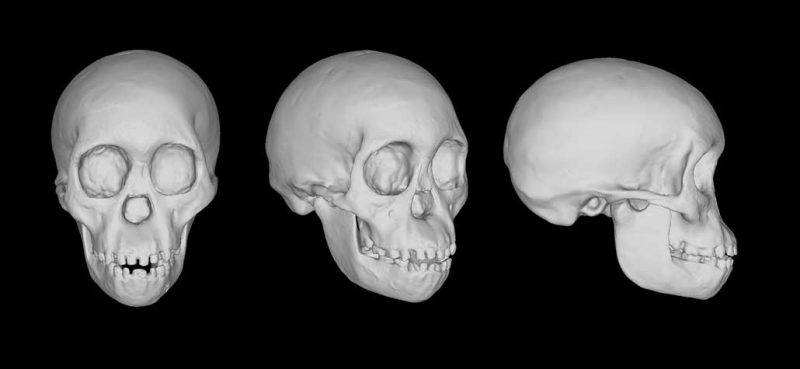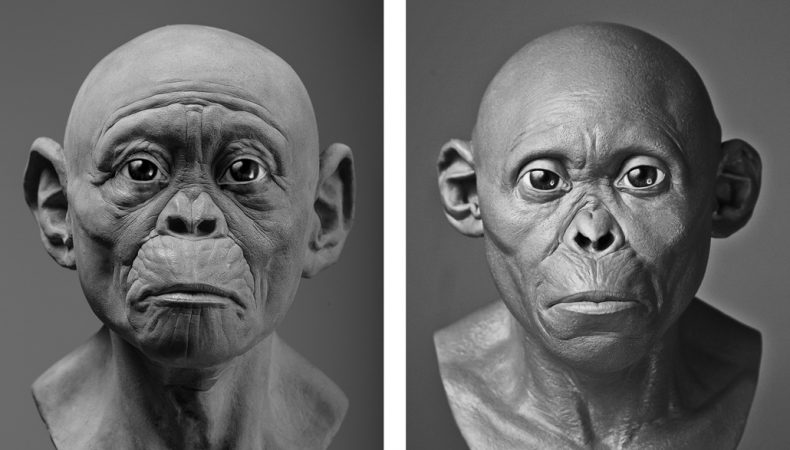This post was originally published on this site
Depictions of extinct human ancestors and cousins are often more art than science.
Take, for example, two reconstructions of the Taung child, a 2.8-million-year-old Australopithecus africanus skull discovered in South Africa in 1924. One version, made using a sculptor’s intuition, appears more apelike. A second version, made while working alongside a scientist, appears more humanlike.
Now, the researchers that produced the dueling images are attempting to remove some of this subjectivity by introducing standards that may give more accurate and reproducible portraits of species known only from fossilized bone. The team points out some of the flaws in facial reconstructions of ancient hominids — and the social and ethical implications misleading portraits may have — in a report published February 26 in Frontiers in Ecology and Evolution.

Getting the depictions right matters, says Rui Diogo, a biological anthropologist at Howard University in Washington, D.C. When museumgoers see artists’ renditions of Neandertals or extinct hominids, visitors often don’t realize how much bias creeps into the work. “They think it is reality,” he says. And that can skew people’s views and reinforce existing prejudices of present-day people.
For instance, reconstructions of multiple extinct hominids in the Smithsonian National Museum of Natural History in Washington, D.C., portray skin getting lighter and lighter in color as species became more and more bipedal. “But there is zero evidence to say the skin was whiter,” Diogo says. Such a depiction might give the mistaken impression that people with lighter skin are more evolved.
Artists’ depictions can also give erroneous views of human evolution and extinct species’ intelligence and behavior, says Diogo’s coauthor Ryan Campbell, an anatomical scientist and physical anthropologist at the University of Adelaide in Australia. For instance, Neandertals are often portrayed as having matted, dirty hair. “It’s as if there is a bias toward portraying our ancestors as if they were stupid and didn’t have hygiene,” he says.
But animals of all kinds groom themselves, and there is no reason to think that Neandertals or other extinct hominids were any different. In fact, presenting reconstructions without hair might be more accurate, says Campbell. Hair is usually not preserved in fossils and DNA data from bones may hint at hair color, but don’t reveal grooming habits.

“Reconstructing hair is not even informed speculation,” Campbell says. “It’s imaginary speculation.”
Scientists and artists often work together to produce reconstructions, but the choices they make may be driven more by whim than science, the researchers contend. By studying muscles in the great apes and other nonhuman primates, Diogo and colleagues have constructed reference databases that scientists might use in reconstructing faces from fossils. Even then, whether a sculptor chooses chimpanzee or human muscles as their starting point can produce very different outcomes.
“The reconstructions of the past, most of them did not have a scientific basis,” Diogo says. “Our goal is to change the methods and to change the biases” to give a more accurate view of human evolution.
